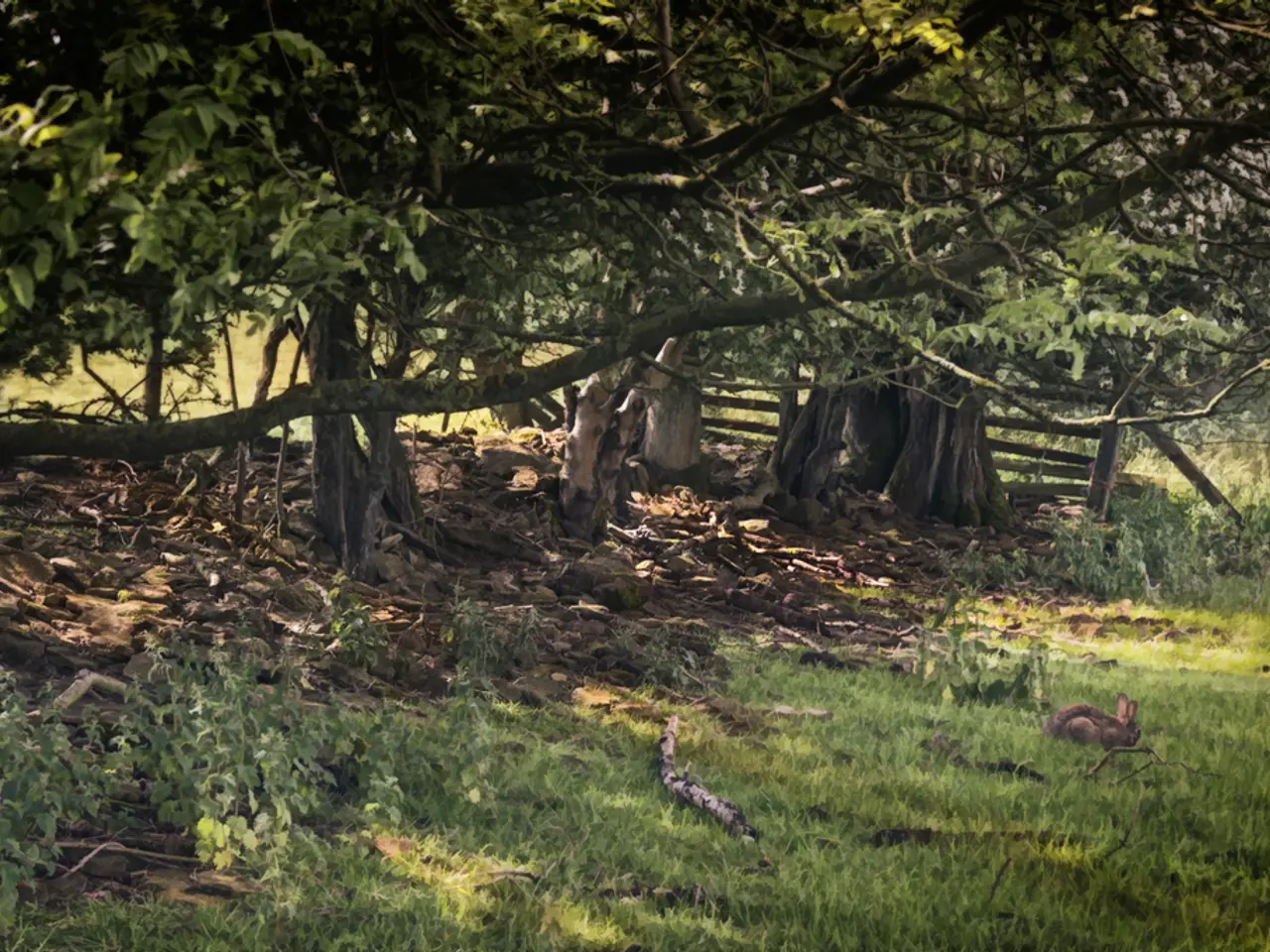Preparing Your Garden for Winter: Essential Steps to Ensure Survival of Your Plants and Future Blooms
Preparing Your Garden for Winter: A Comprehensive Guide
As autumn leaves begin to fall and the days grow shorter, it's time to prepare your garden for the upcoming winter. Here's a step-by-step guide to help you through the process.
Root Crops and Hardy Greens
Root crops like beets, carrots, and turnips become sweeter with near-freezing temperatures, but digging them up will be difficult when the ground is frozen. Some cold-hardy crops can be left in the ground all winter, such as beets, carrots, turnips, broccoli, cabbage, kale, mustard greens, spinach, fava beans, and garlic. In colder regions, these crops might appreciate row cover to protect them from frost.
Spring Garlic and Cover Crops
For a spring garlic crop, plant cloves four to six weeks before the ground freezes, or in warmer climates, as late as January. Spread seed for cover crops like alfalfa or clover while the soil is still warm and cover lightly with straw or hay. These cover crops will help enrich the soil and prevent erosion.
Preparing Perennials
In colder areas, prepare perennials for winter by watering less, cutting stems back, mulching, and working compost around the plants. In warmer areas, simply tidy perennial beds and replace diseased or worn-out plants as necessary.
Garden Maintenance
Thoroughly weed the garden and dispose of the weeds elsewhere besides the compost pile to keep seeds out of it. Empty outdoor containers and store them upside down. Before storing garden hoses, disconnect them, drain them, patch up any holes, and loop them for storage to prevent bursting.
Composting and Mulching
Rake up fall leaves and put them on the compost pile or use as mulch by running the lawn mower over them before gathering up the shredded leaves and spreading them on vegetable or flower beds. Add a three- to four-inch layer of compost to each bed and gently work it into the soil with a broad fork or other digging fork. Lay down a thick layer of mulch or sow a cover crop to prevent erosion.
Winter Garden Plants
Adriana Copaceanu recommends plants such as citrus trees, olives, palms, and ferns as winter garden plants enjoyed by most northern gardeners during the winter. Tender perennial bulbs like dahlias, gladioli, and cannas require special treatment and should be dug up and stored in dry peat moss or shredded paper when leaves yellow or blacken.
Maintaining Tools and Equipment
Remove, sharpen, oil the blades, and scrape or rinse off built-up grass and dirt from metal garden tools. Scrub wooden handles with sandpaper and use a rag to rub in linseed oil. Before storing the lawnmower for winter, ensure the fuel tank is empty and the battery and spark plugs are disconnected to prevent accidental starting.
By following these steps, you'll be well on your way to a thriving garden come spring. Happy winter gardening!






